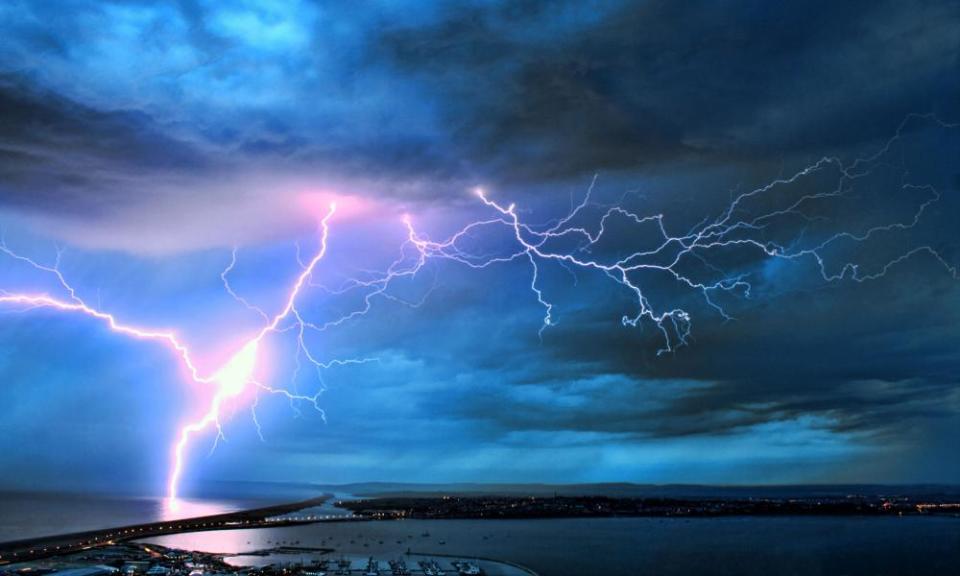Weatherwatch: how to stay calm when lightning is frightening

Almost 3% of us may be affected by astraphobia, a fear of thunder and lightning, according to one study. Summer can be a difficult time for sufferers.
The name comes from astrape, the Greek word for lightning, and a thunderstorm can produce symptoms resembling a panic attack, including chest pains, nausea, dizziness and shortness of breath.
Astraphobics also tend to have an exaggerated sense of the risks of lightning. They may, for example, avoid windows or devices plugged into the mains during a storm.
Humans have two innate fears, falling and loud noises, and this may be why astraphobia is so common in children. Most get over it but it may be reinforced by bad weather-related experiences or by family members, especially other astraphobics.
A realistic understanding of the dangers can help. Lightning typically kills two people a year in the UK, while 20 drown in bathtubs. But knowing this may not be enough.
While few people seek help for astraphobia, therapy can be highly effective. This can take the form of cognitive behavioural therapy, stress management techniques or exposure therapy, whereby the patient gradually gets used to storms by listening to recordings or watching video under supervision.
With a little help, thunderbolts and lightning need not be so very frightening.

 Yahoo Movies
Yahoo Movies 